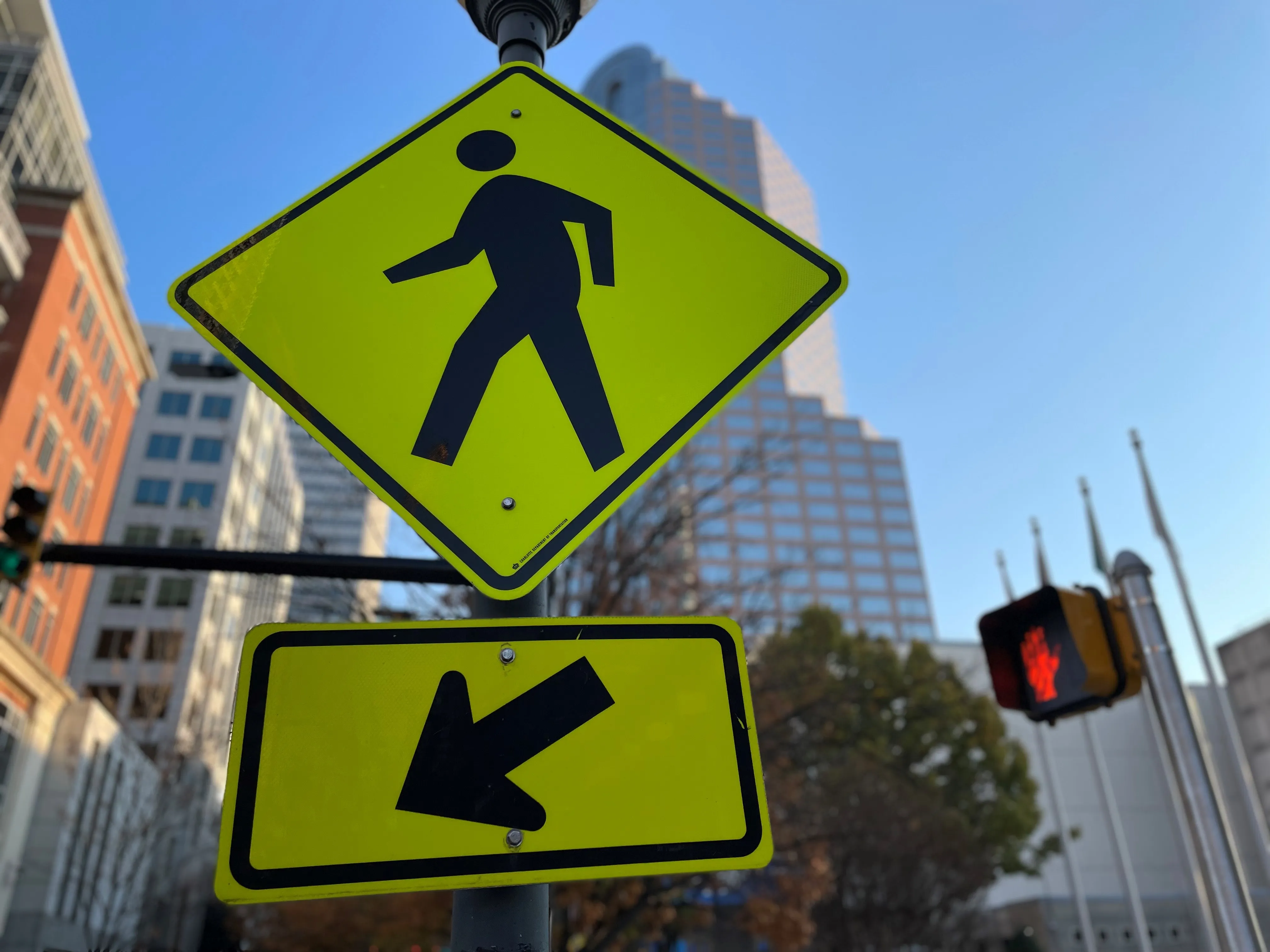New research by Michael Sivak and Brandon Schoettle of the University of Michigan.
Sustainable Worldwide Transportation indicates that currently, in the US the average occupant of a light-duty vehicle spends about an hour a day travelling—time that could potentially be put to more productive use. Indeed, increased productivity is one of the expected benefits of self-driving vehicles.
The data presented in this white paper indicate that for about 62 per cent of Americans, self-driving vehicles currently are not likely to result in an improvement in productivity. This is the case because 23 per cent said they would not ride in such vehicles and 36 per cent would be so apprehensive in such vehicles that they would only watch the road. Furthermore, out of the remaining 41 per cent, around eight per cent would frequently experience some level of motion sickness—for an additional three per cent of occupants.
Of additional concern are non-traditional positions and postures being considered for occupants of self-driving vehicles (positions and postures for which current occupant protection systems are not optimised), and the behaviour in crashes of unrestrained objects being used for activities in the pursuit of increased productivity.
Consequently, the hoped-for increased productivity in self-driving vehicles would materialise only if the following are achieved: (1) an increased confidence of occupants in self-driving vehicles, which would allow them to be more interested in performing productive tasks while riding in such vehicles; (2) addressing the inherent motion-sickness problem; and (3) solving occupant-protection issues related to non-traditional seating positions and postures, and unrestrained objects becoming projectiles during crashes (or potentially being placed between the occupants and their airbags).
Also of importance is the fact that current trips in light-duty vehicles average only about 19 minutes - a rather short duration for sustained productive activity or invigorating sleep.
Would self-driving vehicles increase occupant productivity?
New research by Michael Sivak and Brandon Schoettle of the University of Michigan Sustainable Worldwide Transportation indicates that currently, in the US the average occupant of a light-duty vehicle spends about an hour a day travelling—time that could potentially be put to more productive use. Indeed, increased productivity is one of the expected benefits of self-driving vehicles.
September 16, 2016
Read time: 2 mins









